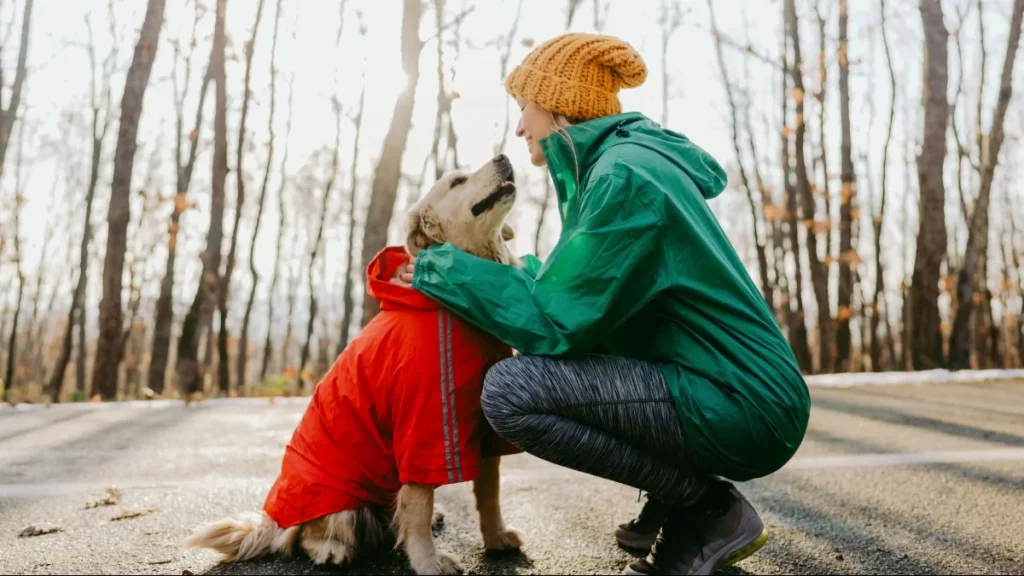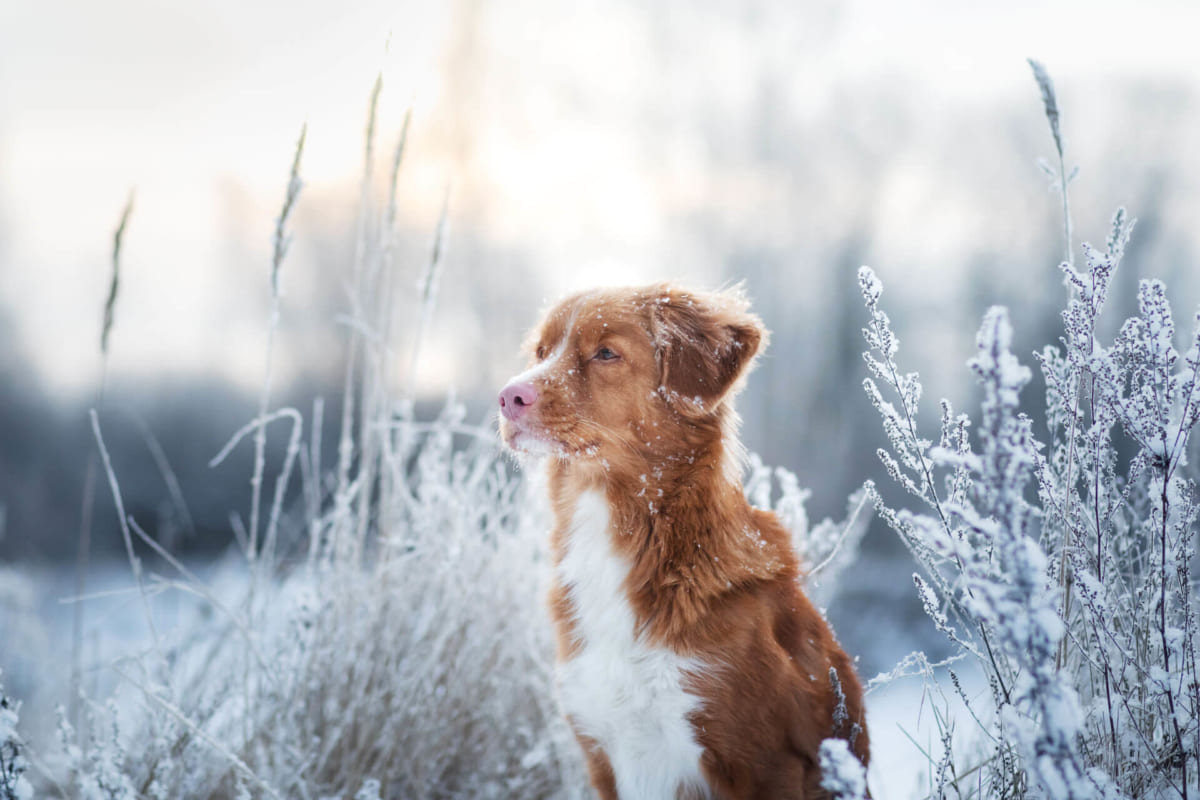Wintery weather has an impact on the growth of all species during the winter. Pets are grown in a different environment than wild animals, so they have a lower ability to tolerate extreme weather. Pets, like humans, feel cold, especially canines with low cold tolerance, such as Dobermans, tiny dogs, short-haired or hairless dogs, and Greyhounds. If they are not cared for, kept warm, and properly cleansed, they are particularly susceptible to colds, fevers, or colds or respiratory disorders in a humid climate, gangrene due to frostbite, and other ailments. As a result, it is critical to consider what to do in winter to safeguard the Boss’s health.
Different sorts of pets have varying degrees of cold tolerance
The majority of our pets have beautiful fur. This could be a feature that permits individuals to handle chilly temperatures. However, according to experts, each breed of dog and cat has varied heat and cold tolerance limits. As a result, in order to adequately care for our dogs, we must thoroughly study their peculiarities.
Furthermore, coat, age, body fat, activity level, and overall health are all factors that influence a pet’s tolerance. For example, the shorter and hairless the breeds are, the younger or older the pet. Dogs with chronic conditions (such as heart disease, Cushing’s disease, arthritis, and kidney disease) are less cold-tolerant and are more prone to have health difficulties in the winter. Here are some suggestions to keep your pet healthy this winter:

1. Bathing pets in the cold should be limited
If required, use warm water and, most importantly, quickly dry your pet after bathing. Dogs and cats with dense undercoats will take a long time to dry on the skin completely; use a drier to speed up the drying process. If your pet’s fur is still damp, you should avoid taking them outside.
Encouraging your pet to run around in the cold with wet fur will cause the pet to acquire a cold; wet fur will not be able to do a good job of preventing heat. As a result, taking care of pets during the cold season is critical, and owners must pay closer attention to their pets.
2. Make a cozy bed
Pets, like people, require warmth in the cold and always look for a haven to hide in the house. If the owner provides a thin bed, a cold room, or a cold stone floor for the pet to sleep in, it will be difficult for the pet to adjust and survive the low temperatures. You may keep your pet warm by placing an additional blanket under his or her bed. Because there are often chilly and harmful winds in the winter, keep your pet’s bed away from the wind. Taking care of and loving dogs will enrich your life.

3. Avoid extreme temperature swings
Avoid walking outside during the coldest hours of the day, especially if you’re turning on the heater inside the house, where a fast shift in the atmosphere might cause heat stroke. Rapidly shifting environmental temperatures can render your pet unable to adjust, resulting in a slew of health issues.
Some pets are not used to dressing, while others are only used to the clothes prepared by the owner with the objective of beauty in mind. However, in the winter, substantial clothing is required to stay warm. A waterproof suit for a wet day or a warm jumper for a freezing day can be a winter need. Choose only clean garments for your pet and change them as soon as they get wet.
4. Scientific diet for pets
Scientific diets aid in the development of resistance in dogs. Furthermore, because winter restricts the exercise, you should feed your dog less to prevent obesity. You should also separate the meals to make it easier for the dog to digest the food. To ensure the dog’s health, the diet should be fortified with vitamins and minerals. To avoid puppy obesity, let the dog remain active and walk the dog on nice weather days. You should walk together for 15-20 minutes every day to keep them comfortable and active, as well as to keep yourself healthy. Before taking your dog outside, remember to outfit him warmly. Exercise not only keeps dogs healthy, but it also helps them create heat and be active, improving their resilience to cold and dangerous ailments that are readily acquired, especially during the winter
5. You should not shave your pet
During the cold season, the coat of the pet helps to maintain the body temperature consistently. So, don’t shave your pet’s hair in the winter season; wait till the weather warms up. If the pet’s hair is too long and interfering with daily living, simply clip it short and avoid over-shaving.
6. Keep kids away from fireplaces and other heat sources
Because these items can cause harm, such as burns or heat stroke. Keep the fireplace away from your pet by placing it in an area that the creature cannot access or by erecting barriers to safeguard it.
7. Maintain your pet’s hygiene on a regular basis
To avoid bacteria and infections, the dog’s dwelling place should be cleaned on a regular basis. Dogs frequently come into contact with blankets and pillows, which raises the danger of infections and unpleasant odors being stored. Regular cleaning of your dog’s environment protects their health while keeping your house tidy.
In terms of physical hygiene, bathing your dog in the winter is not necessary. Every 2-3 weeks is plenty. Bathing dogs in the winter should be done in a well-ventilated room with warm water. After bathing the dog, quickly blow-dry or dry the coat. You can use dry bath powder to clean the baby if you want to “boss” clean. The dog can be bathed once every 1-2 weeks with dry bath powder. It is also critical to look after the dog’s coat during this time. Brushing the “boss” on a regular basis will keep the coat smooth and in place. This will keep the dog warmer than his frizzy, tangled coat!

Final thoughts
Mee Gain shared how to care for pets safely and effectively in the winter with the information provided above. We hope you found the information in this post useful. Visit our website more frequently to take advantage of the best pet care experiences. Also, don’t forget to read our previous article on How to find safe pet toys. Let’s have a look at it right now!


Personary, i think this sharing is very helpful.
Thank you so much!
The topic is so new.